Ecology
Ecology
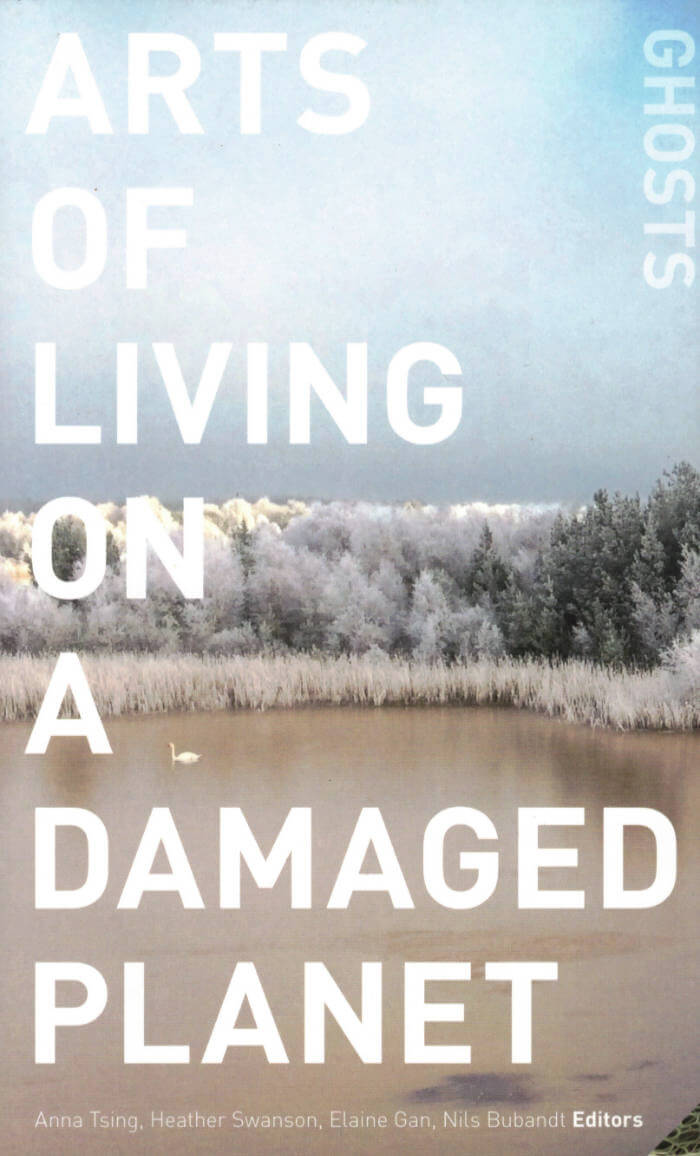
Arts of Living on a Damaged Planet: Ghosts and Monsters of the Anthropocene
Nils Bubandt, Elaine Gan and 2 more
As human-induced environmental change threatens multispecies livability, Arts of Living on a Damaged Planet puts forward a bold proposal: entangled histories, situated narratives, and thick descriptions offer urgent “arts of living.” Included are essays by scholars in anthropology, ecology, science studies, art, literature, and bioinformatics who posit critical and creative tools for collaborative survival in a more-than-human Anthropocene.
Anna Lowenhaupt Tsing is professor of anthropology at the University of California, Santa Cruz, and a Niels Bohr Professor at Aarhus University in Denmark, where she codirects Aarhus University Research on the Anthropocene (AURA).
Heather Swanson is assistant professor of anthropology at Aarhus University.
Elaine Gan is art director of AURA and postdoctoral fellow at Aarhus University.
Nils Bubandt is professor of anthropology at Aarhus University, where he codirects AURA.

Gaia And Philosophy
In the 1970s, microbiologist Lynn Margulis and atmospheric chemist James Lovelock developed the Gaia theory. Embracing the circular logic of life and engineering systems, the Gaia theory states that Earth is a self-regulating complex system in which life interacts with and eventually becomes its own environment.
Gaia describes a living Earth: a body in the form of a planet. For billions of years, life has created an environment conducive to its continuation, influencing the physical attributes of Earth on a planetary scale. An idea with precedents in natural science and philosophy for millennia, Gaia resonates with the ancient magico-religious understanding that all is one: as above, so below.
Fusing science, mathematics, philosophy, ecology and mythology, Gaia and Philosophy, with a new introduction by Dorion Sagan, challenges Western anthropocentrism to propose a symbiotic planet. In its striking philosophical conclusion, the revolutionary Gaia paradigm holds important implications not only for understanding life's past but for shaping its future.
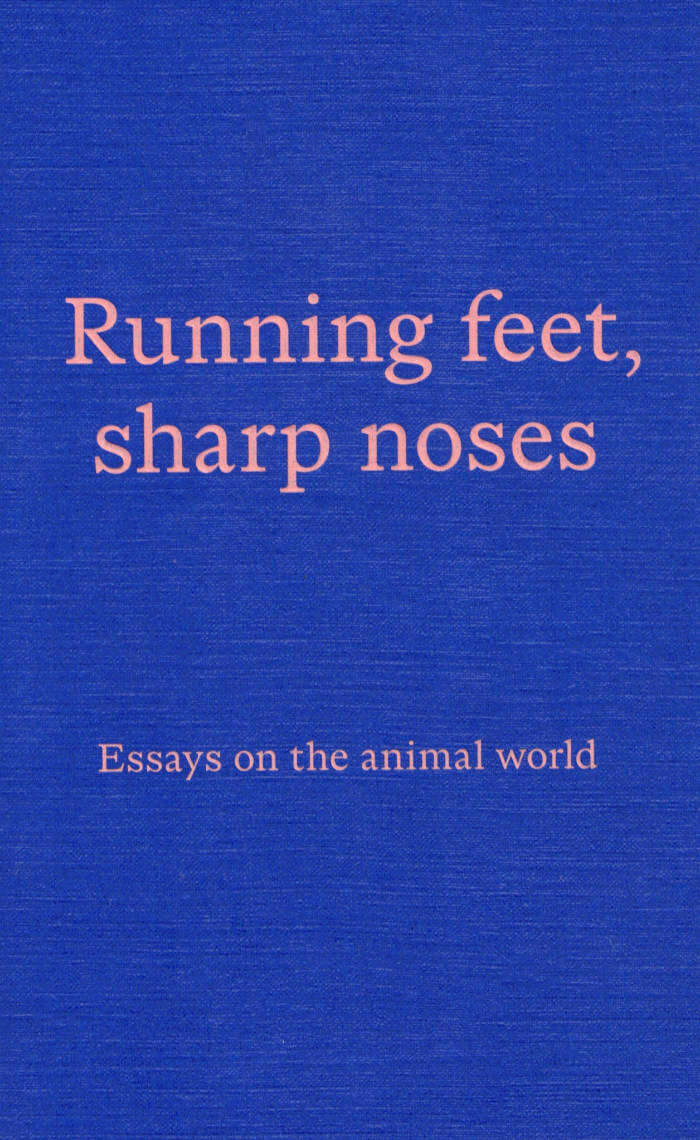
Running feet, sharp noses
and Niamh Dunphy, Adrian Duncan and 1 more
Edited by Nathan O’Donnell, Adrian Duncan, and Niamh Dunphy, Running feet, sharp noses: Essays on the animal world is a collection of essays on the animal world. Each piece is a meditation on how animals affect our sense of self, our memories, our actions.
With contributions by Latifa Akay, Sara Baume, John Berger, June Caldwell, Niamh Campbell, Vona Groarke, Edward Hoagland, Sabrina Mandanici, Darragh McCausland, Tim MacGabhann, Honor Moore, Eileen Myles, Stephen Sexton, Jessica Traynor, Erica Van Horn, and Suzanne Walsh.
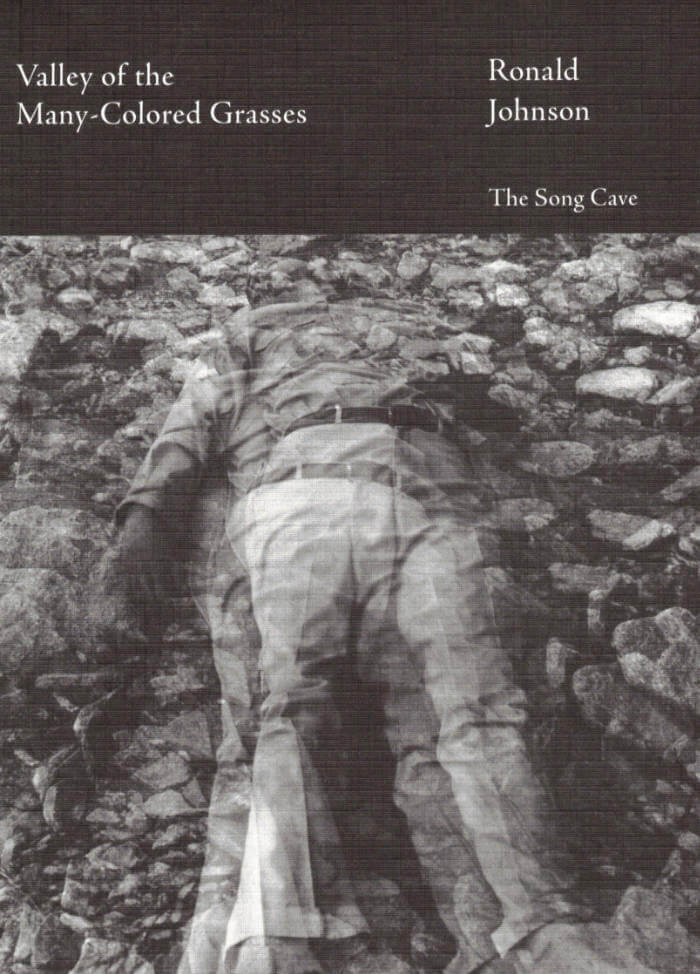
Valley of the Many-Colored Grasses
Ronald Johnson's underground classic of visionary and queer poetics, Valley of the Many-Colored Grasses, has been legendarily hard to find for over 50 years.
In this book of poems, Johnson creates a specifically North American vision that references everything from ancient Native American myths to Johnny Appleseed, from Charles Darwin to the Wizard of Oz, microcosmically transforming the vast open expanse of the plains into delicate flower petals.
These are poems of observation, transformation, and a uniquely subtle sensibility harmonically tuned to the stars. Masterfully crafted examples of poetic music and textures, Johnson weaves together texts to show the world from multiple angles of vision, not only his own, to explore what others have seen and experienced of the world.
One of the most unheralded poets in literature, Ronald Johnson needs to be securely placed in history with the likes of his fellow dreamers: Stan Brakhage, Marguerite Young, Charles Ives, Marsden Hartley, and the Transcendentalists.
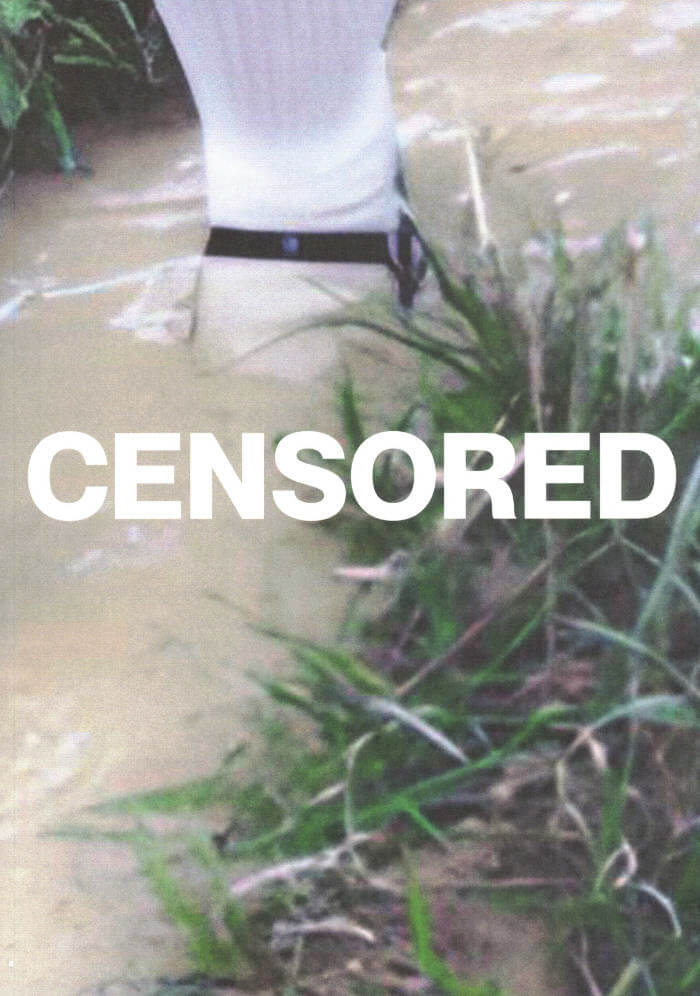
Apocalypticotrashecocidocious - Censored 08
« Apocalypticotrashecocidocious », l’édition Censored 08, parle d’écologie et de luttes anticapitalistes, de vivant et d’humilité
Ses recherches, textes et productions artistiques mènent à une conclusion : l’urgente nécessité de faire front commun pour quitter les logiques d’exploitation hyperviolentes envers la terre, les espèces, les femmes, minorités de genre et personnes racisées. Politiser le rapport que nous entretenons à nos territoires mutilés, qu’ils soient urbains ou ruraux. Comprendre comment le capitalisme s’est érigé en culte quasi religieux fondé sur la dépossession des savoirs, le déracinement des émotions, l’anti-spiritualité et l’individualisme. Il est alors question de militances joyeuses et du refus de la fatalité, de relations inter-espèces, de spiritualités noires, d’écologie au quotidien, de culture white trash et de futurs possibles.
Comment penser l’écologie lorsque c’est notre propre mode d’existence qui parasite le vivant ? Qu’apprendre des mammifères marins ou des espèces invertébrées ? Quels arts, récits et spiritualités pour aller au-delà des imaginaires dystopiques féministes et engendrer l’action ? Comment s’organiser collectivement tout en apprenant à rester à sa place et sans hiérarchiser ?

Katsura Hito
This publication introduces the Katsura tree as a point of departure from which to map a rich ecology of relations and experiences with materials (recipes, exercises, and images) that accompany stories—fictional and “factual”—of a multi-sensorial experience of the fall season.
The writing questions modern/colonial binaries like east and west, nature and culture, fact and fiction, higher and lower senses, and the human and non-human. It calls readers to not only exercise awareness of their environments but to imagine along with them.
The Katsura tree is an elemental spirit of the Japanese landscape in the fall season. As the transformation of the Katsura’s colored leaves and their enchanting sweet scent changes the sensorial experience of their environment, they remind us of our connection to the seasons. The tree’s embeddedness in Japanese folklore and traditional storytelling leads us to a yokai supernatural spirit, legend, and gardener: Katsura-Otoko, or, in Chinese; Wu Gang. His efforts in pruning the Katsura tree on the moon to cause lunar cycles connects cosmology to ecology as a natural part of our earthly existence. The story’s premise serves as an inspiration and starting point for this book.

Making Kin
Institute for Postnatural Studies
When we practice becoming with another’s experience, we practice empathy. When we embody collectiveness, we understand ourselves as a whole and therefore feel no separation. What would it be like to inhabit a body without limits or definition? Which words and meanings make us feel like “non-animals”? The literary genre of xeno fiction proposes an exercise of ethological research and imagination, placing our body inside another’s perspective. This publication convenes writers and non-writers that have experimented with animal embodiment to create literary works and visual interpretations that explore different ways to experience “otherness.” In this volume of the Making Kin series, we focus on non-human animals and hybrid bodies.
Authors: Zoë De Luca Legge, Esther Merinero, Eva Piay, John Kazior, Jorge de la Cruz, Marianne Hoffmeister Castro , Luca E. Lum, Anonymous, Paula Proaño Mesías, Laura Dominguez Valdivieso, Adèle Grégorie, Morgan Wood

The Spell of the Sensuous: Perception and Language in a More-Than-Human World
Elegant in exposition, vast in implication, this groundbreaking work of ecological philosophy compellingly argues the necessity for restoring humanity's lost connections with the sensuous world. Drawing on disciplines as diverse as phenomenology and sleight-of-hand magic, Abram explains how the processes readers think of as "mental" actually derive from a deeply physical interaction with the rest of nature.

Compost Reader vol. I
Institute for Postnatural Studies
Tongues as long as branches, cockroaches in a ‘hot-history’, the revival of extinct plants, pre-patriarchal paranthropology, thinking with toxic plants in contemporary art, digestive ontologies in a spiral, capitalist bruxism, a business school run by eukaryotes, a society where we pay to eat celebrities, a chumbo, and 800g of bonito tuna fish are some of the matters fermenting in this COMPOST READER.
From Cthulhu Books, we think of the upcoming world as a big Compost. Of composting as a new relational ontology, as our earthly condition. Composting makes us a single planetary material (humans, being, objects, technologies). It is the past and the future. Its space, place, and it’s matter. It is a world as a whole, in which there are no separate natural and social realms, where there are celebratory rituals, entanglements, and interrelationships. Cultivating awareness from questions more than from answers, from uncertainty and doubt.
This book talks about beginnings, new relationships, unstable ways of doing, thinking and being, letting questions breed new questions.
With Claudia González,
Adrian Schindler and Eulàlia Rovira,
Gerard Ortín,
Jonathon Keats,
Marianne Hoffmeister,
Yamil Leonardi,
Ricardo Quesada,
Sonia Fernández Pan,
Azucena Castro,
Mónica Mays,
Michael Wang
and Lucrecia Masson.
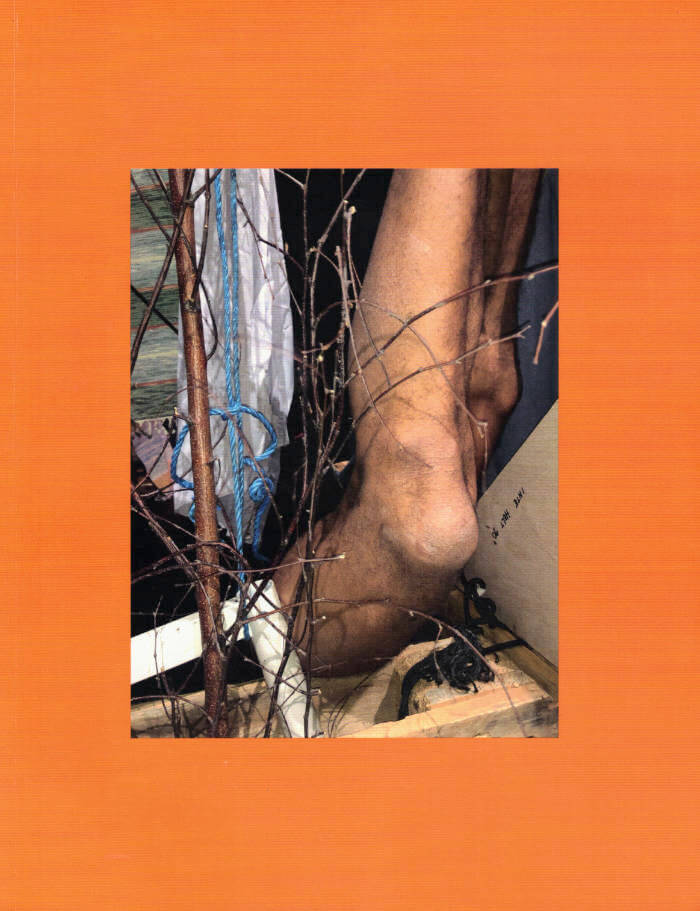
How to Die – Inopiné
A transdisciplinary investigation and a choreographic performance, between Umeå and Oslo, about ecological grief, cultural panic, and a feeling of collapse.
How to Die – Inopiné is a performance and a practice. It thinks through, in an embodied manner, the prevailing contemporary moods of ecological grief, cultural panic, and collapse. As a performance in a theater or outdoors, an audience encounters five dancers who are constantly building, unbuilding, and rebuilding. Afterwards, stories are told around a bonfire. As a practice in the studio, school, or street, a group of dancers, artists, writers, and architects meet for a year of residencies between Oslo and Umeå. They host a working process and encounter external informants. The goal is to displace oneself into the unexpected. This publication, two years in the making, engages with the challenges of translating a choreographic process into the space of a book. It both documents the project's development as well as offering the reader-doer different modes of thinking-doing, from somatic practices to proposals for a curriculum. Experiments in writing, mapping, and moving are played with, all engaging with the question, "what is the future of displaced thinking?"
Published following the series of eponymous events held in Umeå, Oslo, Bergen, Trondheim and Reykjavik in 2019-2020.
Contributions by Harald Becharie, Mia Habib, Jassem Hindi, Asher Lev, Marie Kraft Selze, Namik Mačkić, Ingeborg Olerud, Anna Pehrsson, Ashkan Sepahvand, Nina Wollny.
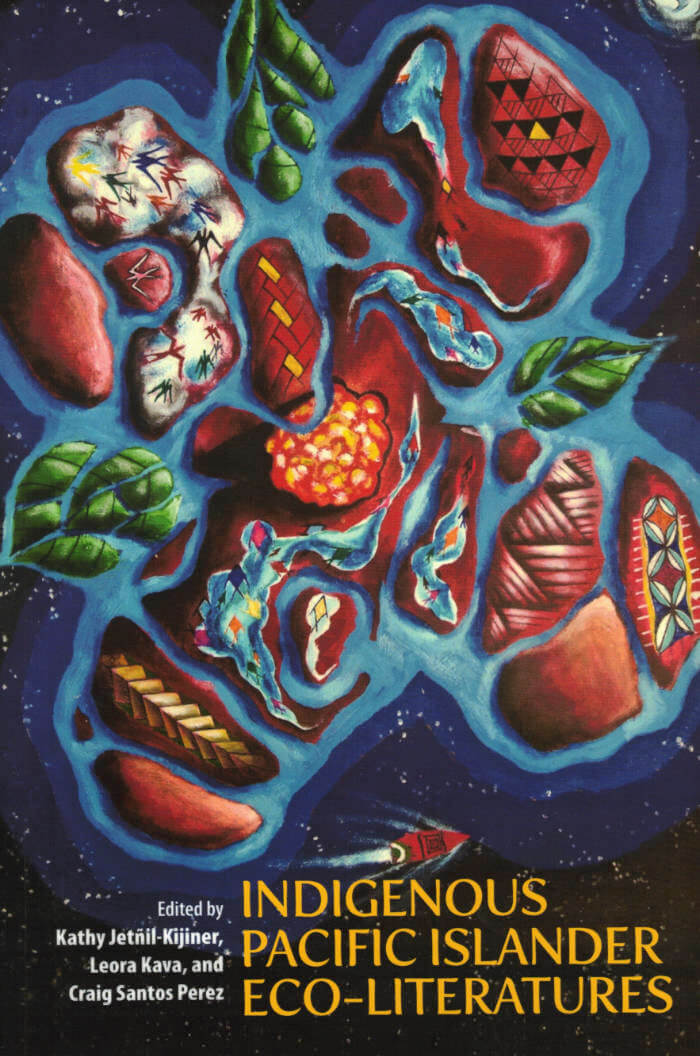
Indigenous Pacific Islander Eco-Literatures
Kathy Jetñil-Kijiner, Leora Kava and 1 more
In this anthology of contemporary eco-literature, the editors have gathered an ensemble of a hundred emerging, mid-career, and established Indigenous writers from Polynesia, Melanesia, Micronesia, and the global Pacific diaspora. This book itself is an ecological form with rhizomatic roots and blossoming branches. Within these pages, the reader will encounter a wild garden of genres, including poetry, chant, short fiction, novel excerpts, creative nonfiction, visual texts, and even a dramatic play—all written in multilingual offerings of English, Pacific languages, pidgin, and translation.
Seven main themes emerge: "Creation Stories and Genealogies," "Ocean and Waterscapes," "Land and Islands," "Flowers, Plants, and Trees," "Animals and More-than-Human Species," "Climate Change," and "Environmental Justice." This aesthetic diversity embodies the beautiful bio-diversity of the Pacific itself.

DAISYWORLD MAGAZINE #5
DANGEROUS DEPTHS
DAISYWORLD MAGAZINE is an independent art publication questioning antrhopocentrism.
Contributions by:
Zazie Stevens (ed.) with Heleen Blanken, Brackish, Fiona Glen, Carolin Gieszner, X Arias, Annika Kappner, Eszter Koncz, Hattie Morrison, Maria Naidich, Michaela Spiegel, Jenna Sutela, Timaeus, Stef Veldhuis, Hedwich Rooks, Hannah Rose Whittle

Dearth & God's Green Mirth
A new tête-bêche diptych chapbook from innovative poet Cody-Rose Clevidence, DEARTH & GOD'S GREEN MIRTH discovers dark songs unseen in distant places unheard.
Careening wildly between the philosophical angst of being a human on this planet in this certain moment in human history, and barefaced, godless whimsy, the two projects in this t'teb'che diptych chapbook discard formalisms, even their own, to investigate the relationship between the space of the whole universe and god. Protoformal, DEARTH is a collection of scifi dirges for all of living things on a small contaminated planet. In God's Green Mirth the poet playfully degrades god, for fun.
Cody-Rose Clevidence is the author of BEAST FEAST (2014) and FLUNG/THRONE (2018), both from Ahsahta Press, LISTEN MY FRIEND, THIS IS THE DREAM I DREAMED LAST NIGHT from The Song Cave and Aux Arc / Trypt Ich from Nightboat, as well as several handsome chapbooks (flowers and cream, NION, garden door press, Auric). They live in the Arkansas Ozarks with their excellently named animals.

Fieldguides for a Preternaturalist 3
‘Fieldguides for a Preternaturalist’ is a series of small chapbooks designed to bring collaborators, audiences, and readers together as part of the project ‘Nothing of Importance Occurred: Recuperating a Herball for a 17th-Century Enslaved Angolan Midwife at the Cape’, initiated by South African artist Wendy Morris. Through speculative investigations of plants-as-archive and storytelling-as-method, the project focuses on retrieving a library of botanical-medicinal knowledge that perhaps informed Morris’s enslaved ancestor. The ‘Fieldguides’ invite collaborators to shed light on this from multiple angles. Joshua Cohen and Johanna Lot are the guest contributors of the third edition.
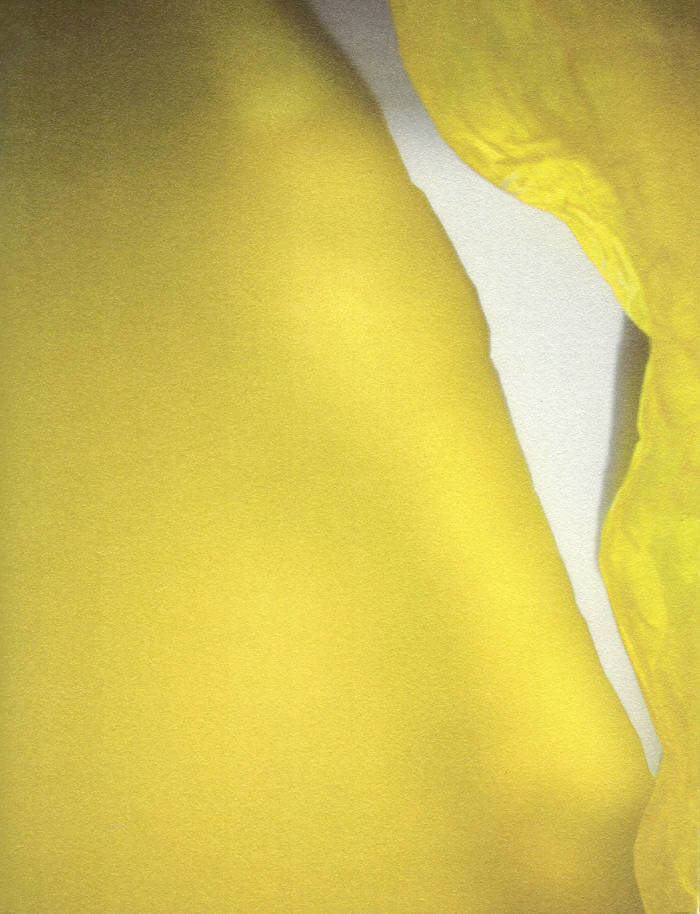
El Plástico, the Sun that lives inside the Rock
Viktorija Rybakova, Goda Budvytytė
This publication El Plástico, the Sun that lives inside the Rock is an observation on evolution of material plasticity, it is a story about plastic whose native land is Mesoamerica. It explores the past, present and future of plastic through encounters with various people — a weaver from Oaxaca, a taxi driver, a sociologist working on trash collection in Mexico City and the owner of a small family-run plastic factory. The book contains a polymorphous project resulting from several years of research by artist Viktorija Rybakova and designer Goda Budvytytė, it also includes a conversation between philosophers Kristupas Sabolius and Catherine Malabou, and essays by Post Brothers and Chris Fitzpatrick.
Editor: Goda Budvytytė and Viktorija Rybakova
Texts: Goda Budvytytė, Chris Fitzpatrick, Catherine Malabou, Post Brothers, Viktorija Rybakova, Kristupas Sabolius
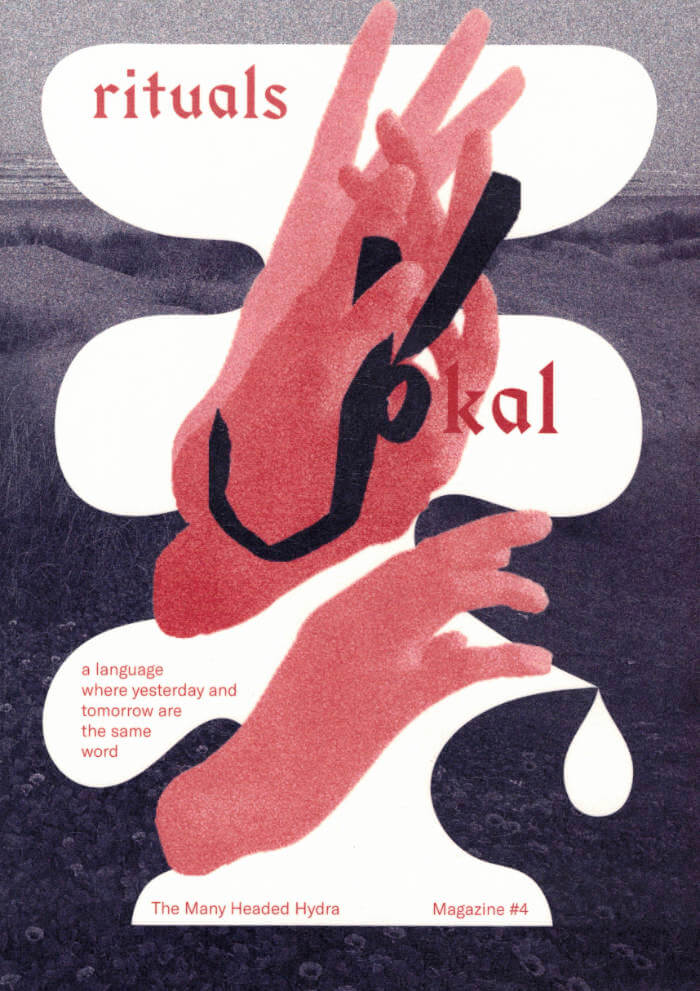
Kal Rituals – The Many Headed Hydra Magazine
The Many Headed Hydra, Aziz Sohail
The first in a series of publications emerging from the transoceanic platform Kal, Kal Rituals proposes queer and trans feminist ecologies, embodiments and mythmaking.
The contributions trace and disrupt cross-colonial legacies through bodies of water lapping at the shorelines of the Arabian Sea, the Indian Ocean, and the Atlantic.Kal Rituals is an ode to transterritorial alliances that disrupt binary contours of time and being. Kal Rituals assembles practices of queer world building in extended pandemic time, amidst deep ecological and social transformations, offering an expression of anti-colonial resistance and joy.
Kal is a transoceanic platform enacting queer-feminist pasts and futures and decolonialecologies from South Asia and its diasporas and post migrant Europe.

Expanded Nature – Écologies du cinéma expérimental
If it can be said that experimental filmmakers are "expanding" the artistic field through an exploration of the potencies, modes of dissemination, or even performance of the moving image, in the Anthropocene age, these practices hope for another kind of expansion: to expand our experience of nature.
Appending flowers to the film strip or burying it in the ground, inventing observation devices, allowing the camera to be affected by natural forces, engaging one's own filming body in a symbiotic relationship with the environment, reconstituting ecosystems at the moment of projection: the ecologies of experimental cinema presented in this book constitute forms of practice and engagement that awaken a heightened sensitivity to the living world through cooperative links, casting other beings as subjects and agents of filmic processes, and, finally, reshaping the economy of filmmaking. Thus, ecologies of perception, medium, production and multinaturalism are deployed, contributing to the restoration of our sensory bond with the natural world.
Addressing technical, aesthetic and anthropological issues of cinema, Expanded Nature – Écologies du cinéma expérimental (Ecologies of Experimental Cinema) considers how filmmakers and collectives from different parts of the globe form communities with other non-human beings and work through their films to deconstruct human privilege. At the crossroads of disciplines, anthropologists, philosophers, filmmakers and artists, and researchers in visual studies come together and investigate a different history of cinema, written from the point of view of nature.
Texts by Elio Della Noce, Scott MacDonald, Jean-Michel Durafour, Kim Knowles, Philip Hoffman & Janine Marchessault, Karel Doing, Chris Dymond, Alice Leroy, Rose Lowder, Chris Welsby, Yaniv Touati, Bidhan Jacobs, Lucas Murari, Teresa Castro, Colectivo Los Ingrávidos, Elizabeth A. Povinelli, Gérard Leblanc, Frédéric Brayard, Jacques Perconte, Vincent Deville, Lukas Brasiskis & Charlie Hewison.

Fieldguides for a Preternaturalist 2
Fieldguides for a Preternaturalist is a series of small chapbooks designed to bring collaborators, audiences, and readers together within the project Nothing of Importance Occurred: Recuperating a Herball for a 17th Century Enslaved Angolan Midwife at the Cape. Initiated by South African artist Wendy Morris, Nothing of Importance Occurred is an artistic project recuperating missing narratives at the Cape through speculative investigations of plants-as-archive and storytelling as method. It has as its focus the retrieving of a library of botanical-medicinal knowledge that might have informed Morris’s enslaved ancestor, Maaij Claesje of Angola, midwife in the Company Slave Lodge in Cape Town.
The investigation follows streams of contraceptive plant knowledge that flowed to the Cape through the bodies of enslaved women from Angola, Moçambique, and Madagascar, and from India, Indonesia, and Sri Lanka, as well as through the bodies of women emigrating from the Netherlands, and Huguenots fleeing France. The investigation traces practices already existent at the Cape in the healing ecologies of Khoi, Nama, and San women. Because upwards of four million Angolans were trafficked to the Americas, the project follows recorded practices among women there too. This project of recuperation leads towards a polyvocal Herball of contraceptive plants, the collaborative Fieldguides, and a part-fictionalized Return from Cape Town to the interior of Angola.
The Fieldguides are conceived as generators of collaborations, which is to say that they are a means to invite guides to beam light onto the investigation from multiple angles—historical, anthropological, experiential, ethnobotanical, literary, and more. The guides are influential researchers and writers whose insights, experiences, and reflections shaped the investigation. The guides were invited to write towards the project in a word-of-mouth form; each contribution will, in turn, occasion a set of gatherings during which the text will be read aloud.

Fieldguides for a Preternaturalist 1
Fieldguides for a Preternaturalist is a series of small chapbooks designed to bring collaborators, audiences, and readers together within the project Nothing of Importance Occurred: Recuperating a Herball for a 17th Century Enslaved Angolan Midwife at the Cape. Initiated by South African artist Wendy Morris, Nothing of Importance Occurred is an artistic project recuperating missing narratives at the Cape through speculative investigations of plants-as-archive and storytelling as method. It has as its focus the retrieving of a library of botanical-medicinal knowledge that might have informed Morris’s enslaved ancestor, Maaij Claesje of Angola, midwife in the Company Slave Lodge in Cape Town.
The investigation follows streams of contraceptive plant knowledge that flowed to the Cape through the bodies of enslaved women from Angola, Moçambique, and Madagascar, and from India, Indonesia, and Sri Lanka, as well as through the bodies of women emigrating from the Netherlands, and Huguenots fleeing France. The investigation traces practices already existent at the Cape in the healing ecologies of Khoi, Nama, and San women. Because upwards of four million Angolans were trafficked to the Americas, the project follows recorded practices among women there too. This project of recuperation leads towards a polyvocal Herball of contraceptive plants, the collaborative Fieldguides, and a part-fictionalized Return from Cape Town to the interior of Angola.
The Fieldguides are conceived as generators of collaborations, which is to say that they are a means to invite guides to beam light onto the investigation from multiple angles—historical, anthropological, experiential, ethnobotanical, literary, and more. The guides are influential researchers and writers whose insights, experiences, and reflections shaped the investigation. The guides were invited to write towards the project in a word-of-mouth form; each contribution will, in turn, occasion a set of gatherings during which the text will be read aloud.

Plant Magic - Poison∼Remedy
Plant Magic gathers writers, artists, poets, illustrators, plant-and-mushroom-lovers and ecological thinkers, to share their experiences, knowledges, and stories around plant and mushroom magic. Oscillating between poison and remedy, plants and mushrooms reconcile ambivalences. They are powerful agents that are unpredictable in their existence and effects. They hold potential for resistance, intelligence and knowledge beyond human understanding.
When we look at plants and mushrooms we see hope amongst ecological grief. Every day we witness this magic of growing organisms, transformation and resilience. We are looking to them for guidance while still learning to listen to their silent, sensual ways. Often, the act of listening itself can calm our buzzing minds and raging hearts and make meaning blossom in a wordless way. In this publication, you might encounter stories of creating relationships with plants and mushrooms, fungal intimacy, poetic love letters to plants, herbal spells, stories of becoming postcolonial mushrooms, tips for combating the disturbing presence of scorpions, an essay introducing you to psychedelic becoming and many visual contributions of more-than-human relations.
[Publishers' note]
Contributors: Aimilia Efthimiou, Anais-karenin, Anı Ekin Özdemir, Avant Garden, Bastian Carstensen, Carla Di Girolamo, Coline-Lou Ramonet Bonis, Corinne Wiss, Cory Papalardo, Ella Ponizovsky Bergelson, Freia Kuper, Freya Häberlein, Indra Leonard Frings, Ko-Fan Lin, Leonie Brandner, Lucie Feigl, Lucila Pacheco Dehne, Marta Orlando, Maya Land, Monaline Mourbat, Nicola van Straaten, Nina Berfelde, Rafa Cunha, Rahel Preisser, Sara Blosseville, Shani Leseman, Yasmine Ostendorf, Sigourney Pilz, Totholz 5d, Xrysafeniax

DAISYWORLD MAGAZINE #4
CONTRIBUTORS Anna Bierler, India Boxall, Craig P Burrows, Alex Hampshire, Kayla Adara Lee, Marijn van der Leeuw, Melanie Matthieu, Gabriella T Moreno, Amira Prescott, Harrison Pickering, Astarte Posch, Ananda Serné, Zazie Stevens, Gedvile Tamosiunaite, Mia You.
cover image Ananda Serné & Poyen Wang
DAISYWORLD MAGAZINE is a seasonal art publication on perception, the sensory, the non-human, ecology & erotica with an emphasis on interconnectedness. The artist's intimate knowledge based on observation, questioning anthropocentrism through beauty & language. Reflecting on the past season while softly moving into the next, each issue launches in-between seasons; appreciating experience, transition, and metamorphosis instead of anticipating the next big thing.
![Cover of OEI #94-95 Geografier [Geographies]](https://rile.space/storage/1488/0216_Scan2022-04-15_140650_004.jpg)
OEI #94-95 Geografier [Geographies]
Jonas J. Magnusson, Cecilia Grönberg and 1 more
The new publication triangulates between geopoetics, geopolitics, and cultural geography; a 464 page issue with some 50 contributors as well as a large section on Swedish philosophical geographer Gunnar Olsson.
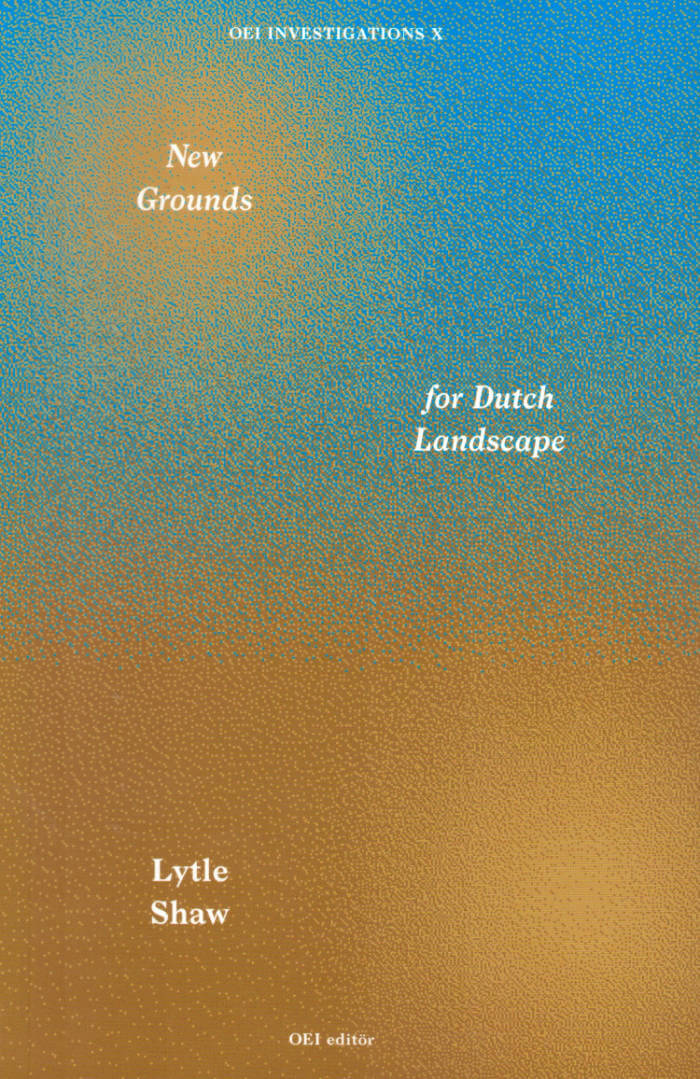
New Grounds for Dutch Landscape
New Grounds for Dutch Landscape uses an experimental, site-specific method to demonstrate how 17th century painters Jan van Goyen, Jacob van Ruisdael, and Meindert Hobbema did not so much represent the newly made landscape of Holland as reenact, through their painterly factures, its reclamation and ongoing threats to its stability: from flooding and drainage to abrasion and erosion.
These low-level dramas of recalcitrant matter allowed the Dutch to develop an ongoing temporality at odds with history painting’s decisive instant and a vocabulary of substance that wrested meaning away from humanist landscape painting’s expressive figures. — [publisher's note]
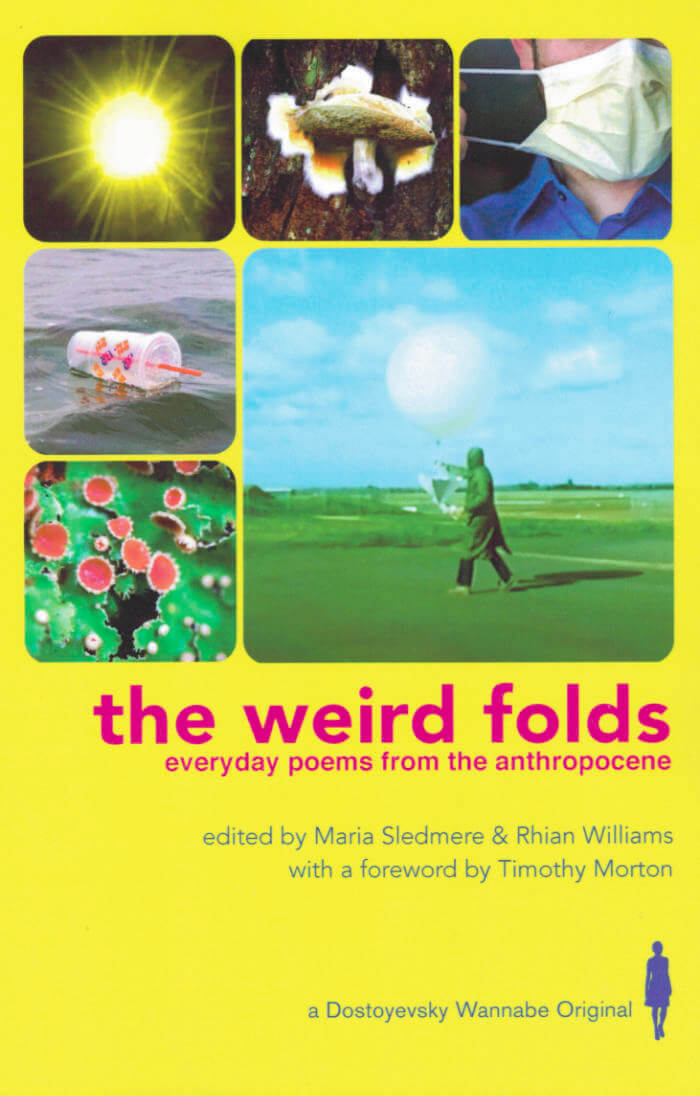
the weird folds: everyday poems from the anthropocene
Rhian Williams, Maria Sledmere
Edited by Maria Sledmere and Rhian Williams, the weird folds: everyday poems from the anthropocene is an edited anthology of poetry by contemporary UK writers, whose work manifests ecology in the body, in language, in lyric and colour and play. A book that arrives with its own weather, an acid-bright sense of urgency, detail and care; a book that speaks to a nowness that slides between crisis and the everyday arts of noticing which bear us through massive scalar change, survival and sorrow.
As Bernadette Mayer writes in 'The Way to Keep Going in Antarctica': 'Do not be afraid of your own heart beating / Look at very small things with your eyes / & stay warm'. Riffing on the etymology of 'anthology' as a gathering of flowers, this book samples from a luminous range of poets responding to 'the anthropocene' as a kind of thought device for grasping extinction, global heating and climate breakdown.
'Poems are the future sliding against the past', writes Timothy Morton in the book's foreword; these works perform the shimmering art of recognising the multiple temporalities, tenses and agencies, problems and potentials of this fraught term, 'the anthropocene'.
The weird folds intervenes in more traditional canons of nature and ecopoetry to offer a poetics of the anthropocene which is thoroughly generous, queer, sensuous, formally innovative, relational, occult, fugitive and critically sensitive to the mediations of technology and culture which shape our encounters with the more-than-human.